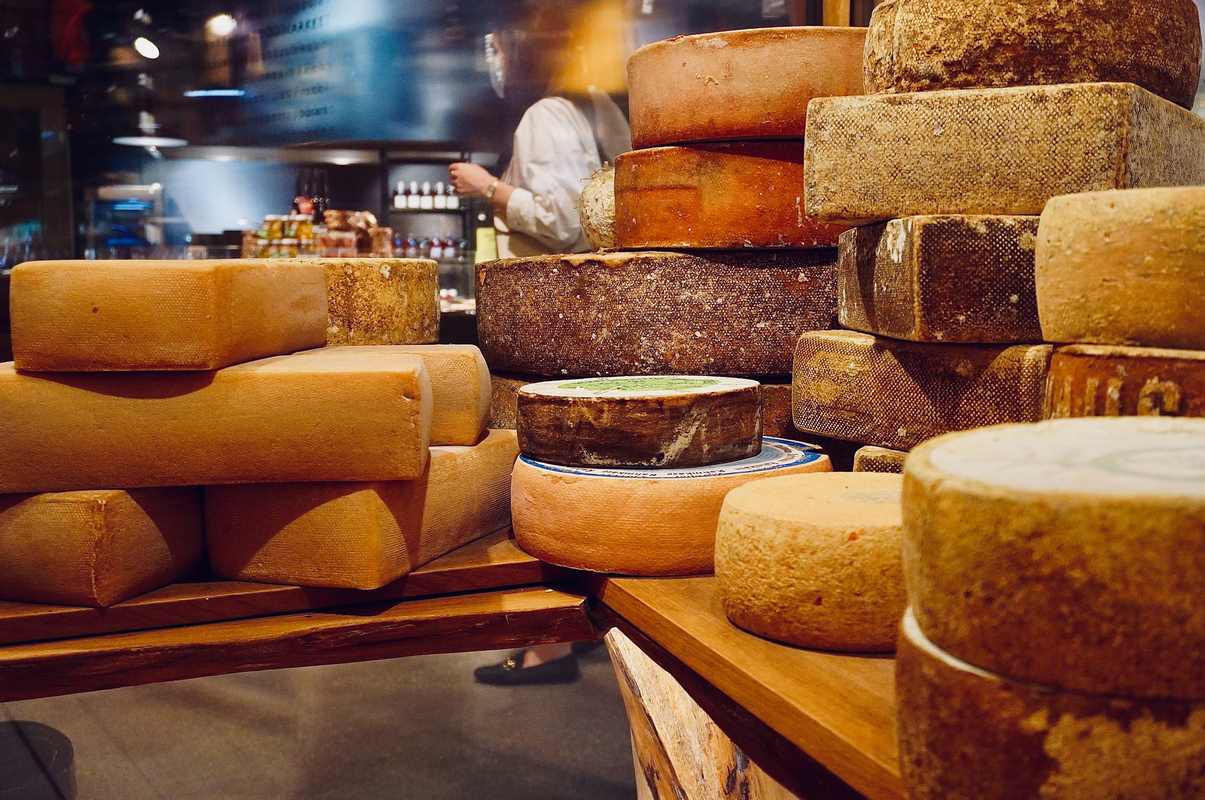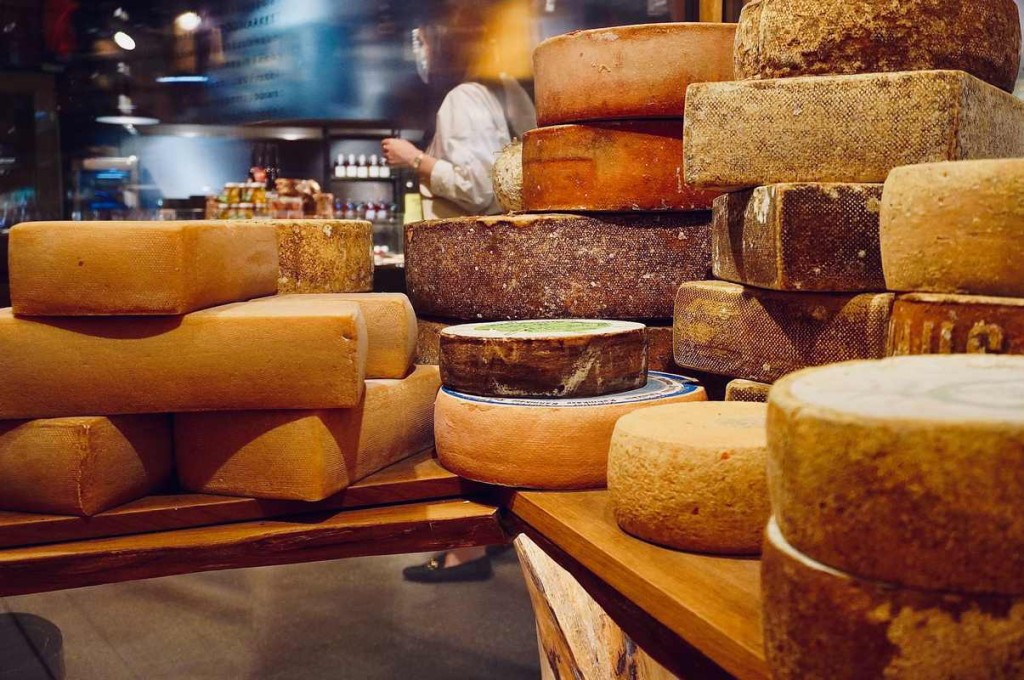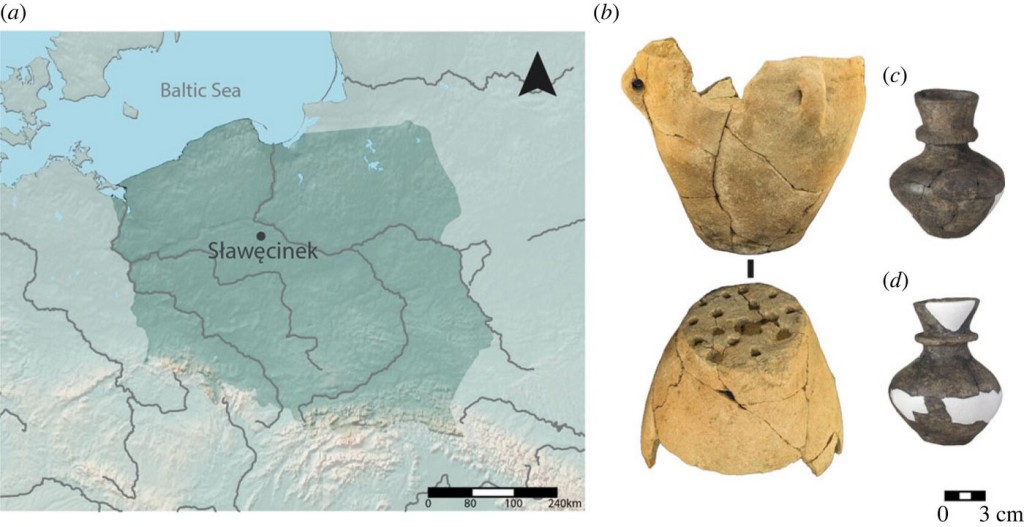Evidence of Cheese-Making to Circumvent Lactose Intolerance 6,000 Years Ago Found in Poland


Evidence of Cheese-Making to Circumvent Lactose Intolerance 6,000 Years Ago Found in Poland
Analysis of neolithic pottery shards shows that in Northern Europe, where poor soils and low sunlight made primitive agriculture extremely difficult, people were making cheese in places like Poland potentially as far back as 9,000 years ago.
Examinations of perforated vessels not only found the presence of the dairy protein casein which suggests the creation of curd-enriched products from raw milk, but casein from cows, goats, and sheep, suggesting they were making a kind La Tur long before most other forms of modern food production ever reached the continent.
Common arguments for cutting out dairy products from the diet stem from the idea that we have only been consuming dairy for a few thousand years, and that no other mammal consumes lactose after infancy.
Rather than a few, new research points to dairy consumption from herd animals as far back as at least the sixth millennium BCE—or 8,000 years ago.
Researchers from the University of York point out that lactose intolerance would have been common in nearly all European populations at the time, but that the processing methods still used today to create yogurt, kefir, and cheese were being used to overcome this intolerance.
“Whilst previous research has shown that dairy products were widely available in some European regions during this period, here, for the first time, we have clear evidence for a diversified dairy herd, including cattle, sheep, and goats, from the analysis of ceramics,” said Dr. Harry Robson, from the Department of Archaeology at the University of York.

Robson and his colleagues along with a team from the University of Krakow looked at a neolithic site in Poland called Sławęcinek, which shows activity from around 3,600 BCE.
Small numbers of vessels had a white mineral residue that when examined via proteomic and lipid analyses revealed evidence of dairying from cattle and caprids, probably both sheep and goats.
MORE STONE AGE NEWS: Ancient Cave Markings Finally Decoded By Amateur Scientist–A Calendar of When Animals Mated 20,000 Years Ago
“The dominance of caseins… could suggest that the residues formed on these vessels are the result of the presence of casein-rich curd products, rather than milk or whey products,” the authors write in the journal Royal Society Open Science.
“Cheese is composed primarily of curd proteins while the whey proteins and the majority of the lactose remain in the whey portion when the curds coagulate.”
MORE ANCIENT DIETS: Remains of Prehistoric BBQ Suggests Dinner was Served 780,000 Years Ago–600,000 Years Earlier than we Thought
This shows that the clever ancient Poles were managing to circumnavigate their own genetic lactose intolerance to add a sustainable and protein-rich food source to their diets.
Today, people who are lactose intolerant can still eat well-aged cheeses, owing to the removal of lactose both during the cheese-making and aging process, although they probably don’t realize this knowledge is as ancient as pottery.
SHARE This Neolithic Heritage With Your Cheese-Loving Friends…
No comments:
Post a Comment